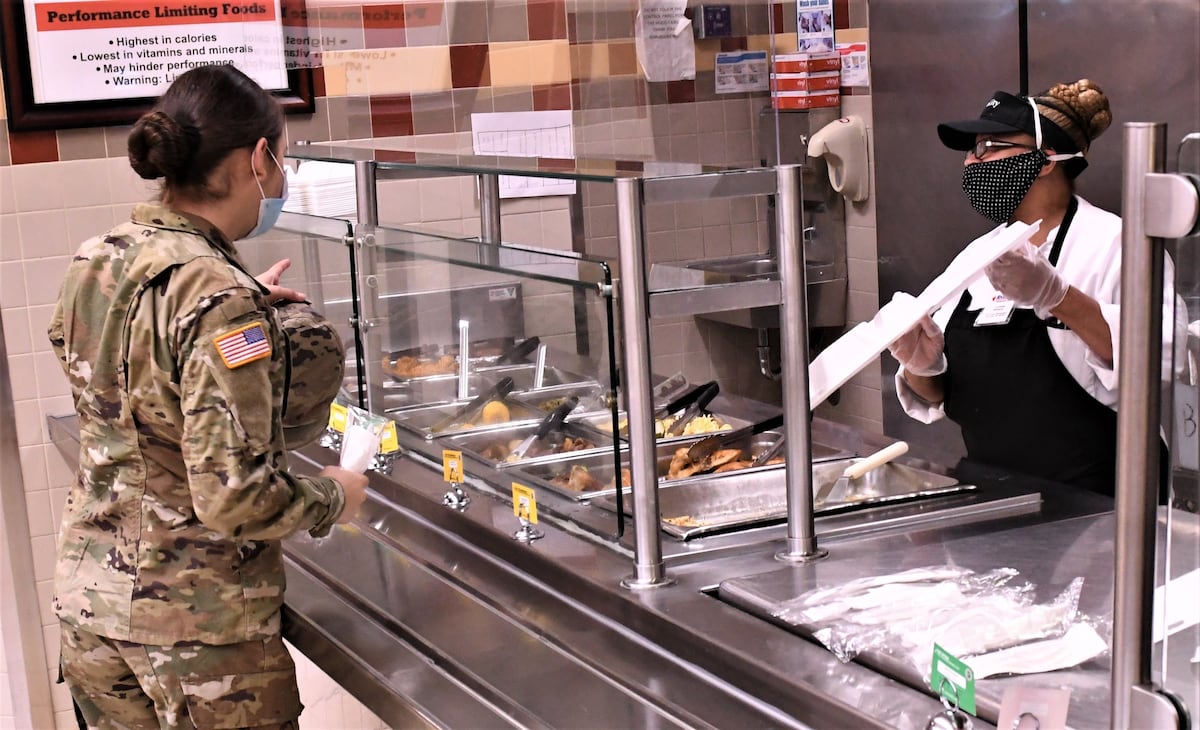October 14, 2025 07:38 PM ET
The new infantry squad vehicle can haul troops through pretty much any terrain in any conditions, but there’s a couple big things it can’t do: protect soldiers from an ambush or allow someone to provide cover in the event of one.
So the Army is evolving its tactics around the idea that a reconnaissance unit will scan the battlefield for threats, and if they find one, they’ll radio the ISV occupants to hop out and seek cover.
“As we get into a tactical zone, that's where you alter your movement techniques and you dismount,” Col. David Lamborn, who commands the 2nd Mobile Brigade Combat Team in the 25th Infantry Division, told Defense One on Tuesday at the AUSA annual meeting in Washington, D.C.
It helps that the ISV was designed with tree cover in mind. When the Army came under attack driving thin-skinned Humvees around the deserts of Iraq 20 years ago, there was often no warning and nowhere to hide. Troops began adding makeshift armor to the vehicles, and eventually the Defense Department created the mine-resistent ambush protected vehicle, or MRAP.
“We made a choice to slap on more and more, which further and further and further restricted ourselves, right? It made it slower. We became more targetable, right?” Lamborn said. “We could only be on these very specific roads, because we could not get off over here. The ISV is meant to get away from that.”
An ISV full of soldiers traversing the jungle in the Philippines, for example, should never come into contact.
“So that means that you need to use your reconnaissance assets to better understand where the enemy is, and to take the right tempo and pace depending on the expected contact,” Lamborn said Tuesday during a panel at AUSA.
And if a threat is detected, troops will jump out and fight on foot.
“So for the infantry, our protection predominantly comes from our field craft and our survivability,” said Maj. Gen. Jay Bartholomees, commander of 25th ID. “ For jungle fighters, we need to put ourselves into the jungle and put ourselves in places where we are not found as easily. That's what's going to be our best protection asset.”
A unit can also launch a recon drone to get a picture of the battlefield ahead, and the Army is specifically looking for some with long ranges.
Lamborn does want his troops to be able to kill drones that approach infantry squads, though.
“So the real protection problem that I see, for the mobile brigades, is the counter-UAS, because right now, most of the systems that exist, which some are fantastic, but they're very heavy, and they're really focused on fixed site security,” he said.
His soldiers need something lightweight that uses electronic warfare to jam enemy drones, rather than something that requires ammunition.
“We absolutely don't want to find ourselves in a situation where we're coming into contact and we're still in the ISV,” Lamborn said. “We just need to get away from that and use it just as a strict mobility platform.”

.jpeg)




















.jpeg)














 English (US) ·
English (US) ·